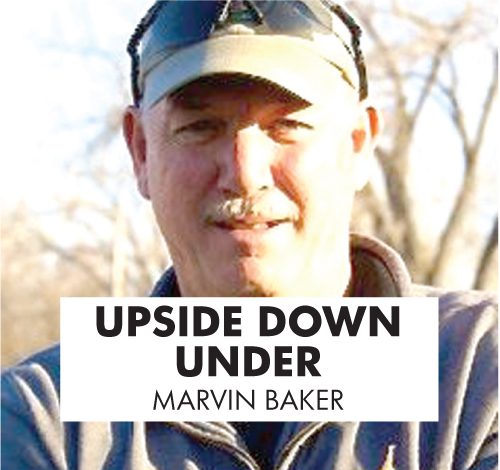According to the Centre of Research & Analysis of Migration in London, approximately 19 million Ukrainians have fled the country as of Feb. 13. However, nearly 10 million of them have returned over the past year.
The exodus for at least 8 million are other countries in Europe, mostly Poland, while the United States has taken in 220,000, Canada 132,000, Australia 4,000 and New Zealand 4,000. Ironically, more than 2 million have fled to Russia.
Here in North Dakota the number is approximately 280, according to North Dakota Refugee Services with most settling in Bismarck (34 perecent). The state of North Dakota says all Ukrainian refugees here since Putin’s “special military operation’ started last Feb. 24 have approved sponsors in the state.
Holly Triska-Dally is the North Dakota Refugee coordinator. She works with Lutheran Immigration & Refugee Service in Fargo and Bismarck Global Neighbors to settle displaced Ukrainians.
Acccording to Triska-Dally, there is no cap regarding the number of sponsored Ukrainians who may arrive here. She said the vast majority are women and children because men between the ages of 18 and 60 are prohibited from leaving.
According to Triska-Dally, sponsor support through a federal program called Welcome US, is especially critical during the first 90 days and begins with an application process and a declaration of financial support. The North Dakota Office of Refugee Services connects newcomers to a case manager who supports their skill, development, workforce outcome and community integration.
But hardly any have come to North Dakota through that program.
North Dakotans who don’t necassarily have a connection to Ukrainian refugees can help. filling out an I-134 form through the Department of Homeland Security shows a financial means to support refugees for a period of time.
There seems to be an anomoly here. A North Dakota Job Service report in late December showed the state had 16,133 job openings while only 230 Ukrainians have come to the state. Some are accountants, lawyers, truck drivers and engineers. Others are capable of filling most job openings.
Looking at our neighbors, 1,000 Ukrainian refugees have come to Minnesota, only six have landed in South Dakota, according to the Black Hills Pioneer in Spearfish, and it’s hard to pin a total number down in Montana. Instead reports there show refugees in localities like Kalispel, Whitefish and the Flat Head.
On the Canadian side, Manitoba has accepted 12,500 of the refugees and 2,000 have fled to Saskatchewan. Most of the Ukrainians who have come to Saskatchewan have been offered some kind of employment while all of them are offered adult English lessons.
This could be a golden opportunity for North Dakota. If you know Ukrainians, you can tell by their resolve in the war, that they are resourceful, hard working, intelligent and most do speak some English. It would not be difficult for them to fit in.
Regardless, there is a war going on and there are refugees who need sanctuary. But it isn’t just Ukrainians. Apparently there have been reports of as many as 700,000 Russian men have gone on the lam since the war began, with most of them showing up in Finland, Sweden and Norway.
A Norwegian TV reporter recently interviewed a Russian defector who fled to Norway. He said there are war crimes and autrocities happening all the time. He told Norwegian TV that 40,000 of the 50,000 fighters in the Wagner Group (Putin’s private army) are convicts. If they live through six months of the war, they receive pardons. If they decide they don’t want to be there, they are executed on the spot.
But here, Ukrainian refugees are being welcomed into our state as much as sponsors will allow them to be. There are already Ukrainian enclaves in North Dakota that could be expanded, especially when it comes to the farm sector.
Many of the Ukrainians coming to the United States are dairy farmers, cattle ranchers and grain farmers. And it seems every rural property in this state needs workers. Refugee children could help prop up some of the rural schools’ dwindling populations.












